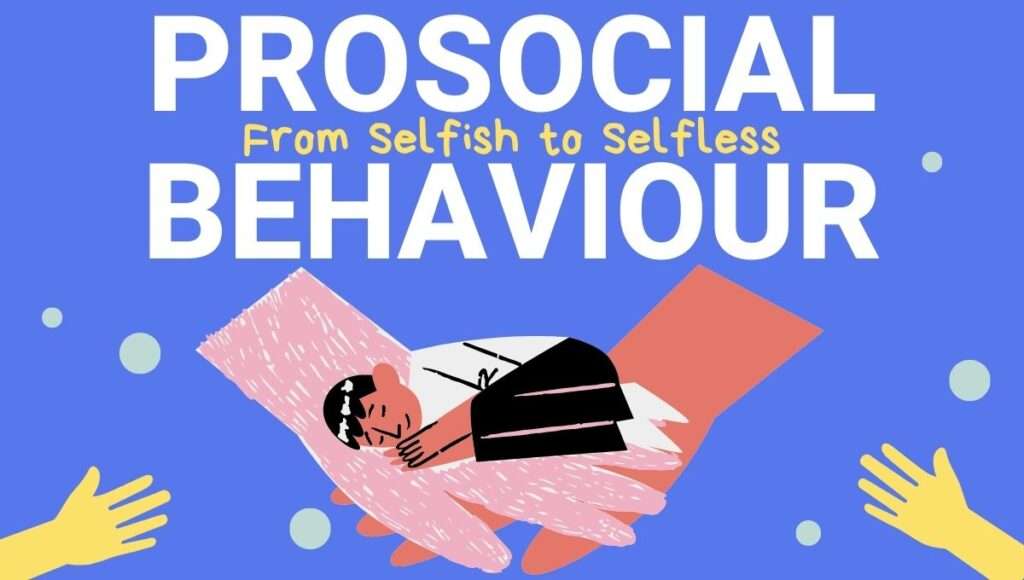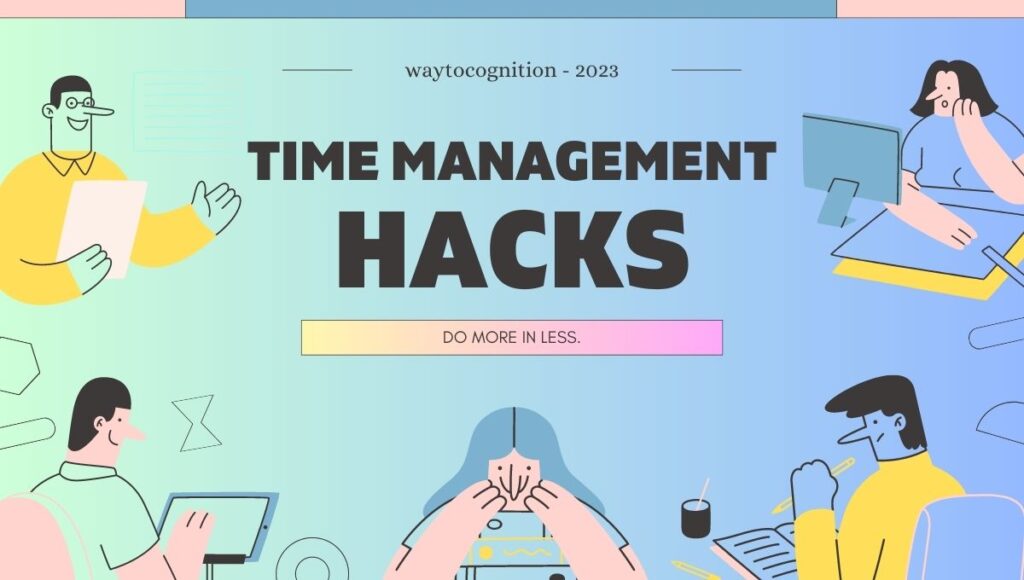Active Listening Skills 101: How to Master the Art of Active Listening
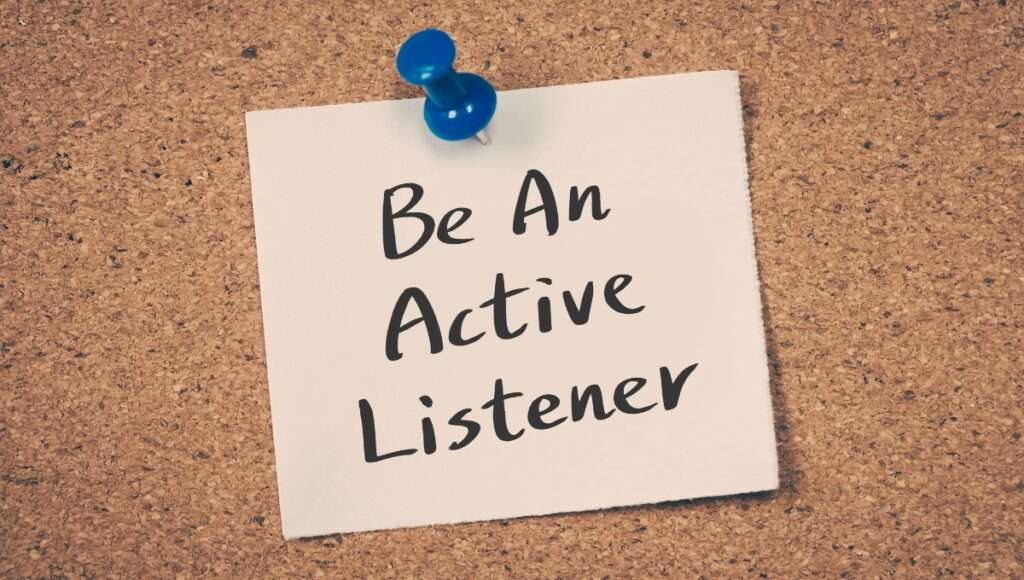
Hey there, fabulous reader! 👋 Yeah, you with the curious eyes scrolling through this article. Ever wondered if your listening skills are top-notch? 🤨
Don’t rush to answer, because we’ve got a little secret: most people are terrible listeners. 😂 Seriously, they’re about as good at it as a cat is at playing chess. 🐱♟️
But don’t fret, my friend. We’re about to embark on an epic journey into the mystical realm of active listening. And by the time we’re done here, you’ll be a listening legend! 🎧🏆
Active Listening Unveiled 🧐
Active listening isn’t just about hearing words; it’s like deciphering ancient scrolls, but instead of gold, you uncover understanding. It’s the art of paying attention, comprehending, responding thoughtfully, and remembering what’s being said. It’s communication on steroids! 💪💬
Active listening isn’t your ordinary skill; it’s a superpower. It transforms everyday conversations into riveting experiences, fortifies relationships, and makes you a problem-solving guru. It’s the secret sauce of communication! 🍔
Why Bother with Active Listening? 😏
Imagine this: you’re at a family gathering, and Uncle Bob is monologuing about his stamp collection (yawn, right?). But if you’re actively listening, you’re not just hearing about stamps; you’re diving into Bob’s passion, asking intriguing questions, and suddenly, you’re the family’s superstar! 💌🌟
Active listening isn’t just a skill; it’s your golden ticket to social stardom. Whether you’re conquering job interviews or leveling up your relationships, active listening is your secret weapon! 🚀🤫
But hang on, we’ve barely scratched the surface. In the upcoming sections, we’ll dissect active listening, explore its perks, and spill the beans on how to master this art. Get ready for a listening adventure of epic proportions! 🌊
Let’s Dive In!
What Are the Types of Listening?
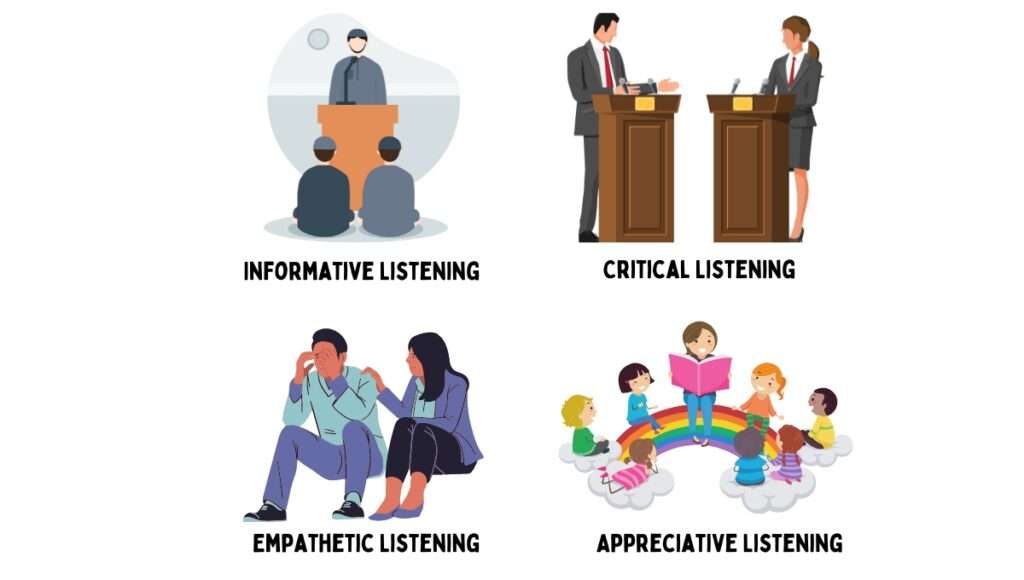
Listening isn’t a one-size-fits-all deal. Depending on the situation, your listening game might need a wardrobe change. 🧥
According to the wise folks out there, there are four main types of active listening: informative, critical, empathic, and appreciative.
Informative Listening
Informative listening is your go-to when you’re absorbing new knowledge. Think lectures, podcasts, or news reports. 🎧
Your mission? Understand the message clearly and accurately. Pay attention to facts, details, and the main points.
Tips for rockstar informative listening:
Prep before you listen. Know what you want to learn.
Ditch distractions. Don’t let TikTok ruin your focus.
Take notes. Scribble like your life depends on it.
Ask questions. Curiosity didn’t just kill the cat; it made you smarter.
Review your newfound wisdom. Make sure it’s all crystal clear.
Sounds like a blast, right? Informative listening, here you come! 😁
Critical Listening
Critical listening is your Sherlock Holmes mode. Deploy it when you’re analyzing arguments, debates, or persuasive speeches. 🕵️♂️
Your mission? Be the judge and jury. Assess the arguments’ validity, credibility, and logic.
Tips for top-tier critical listening:
Keep an open mind. Avoid judgment until you’ve heard the whole story.
Suss out the speaker’s purpose and perspective.
Evaluate arguments like a pro.
Spot logical fallacies or biases like they’re hidden Easter eggs.
Compare what you hear with other sources or your own knowledge.
Sounds tough, right? Critical listening is like a mental obstacle course. Get ready to flex those brain muscles! 😅
Empathic Listening
Empathic listening is your compassionate side. Activate it when someone needs a shoulder to cry on or a friendly ear. 😢
Your mission? Understand feelings, emotions, and experiences. Tune in to the speaker’s tone, mood, and body language.
Tips for empathic listening:
Be present. Don’t interrupt or play advice-giver unless asked.
Use nonverbal cues. Smile, nod, and look interested (even if you’re secretly binge-watching Netflix in your head).
Validate feelings. Say things like “I hear you” or “I understand.”
Paraphrase and summarize. Show you’re tuned in.
Share your own feelings respectfully.
Ready to be everyone’s favorite confidante? Empathic listening, here you come! 😢💓
Appreciative Listening
Appreciative listening is your chill-out session. Fire it up when you’re grooving to music, enjoying a story, or laughing at a joke. 🎶😂
Your mission? Have a blast and soak up the fun. Revel in creativity, beauty, and humor.
Tips for kicking back with appreciative listening:
Pick something you dig. Choose wisely!
Relax. Let go of stress and distractions.
Immerse yourself in the experience. Let your imagination run wild.
Share your love and appreciation. Spread the good vibes!
Ready for some fun? Appreciate listening, here you come! 🤩🎉
So, there you have it, the four listening flavors. Each has its unique charm, and active listening is the secret sauce that makes them all tastier! 🌮🍔🍕
Now, let’s dive deeper into active listening techniques:
How to Practice Active Listening?
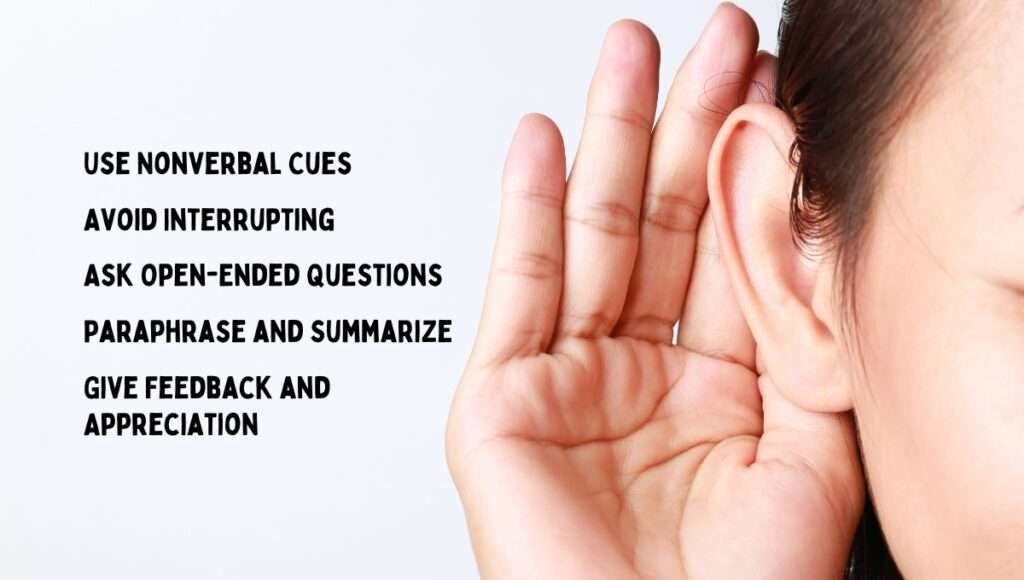
Active listening isn’t just a passive act of hearing words. It’s an engaging process that involves your ears, eyes, mouth, and mind. It’s like a high-stakes game of mental ping-pong! 🏓
So, how can you level up your active listening game? Here are some tips and tricks:
Use Nonverbal Cues
Nonverbal cues are your secret weapon. They’re the signals you send and receive through body language, facial expressions, and eye contact. They speak volumes without words. 🤐
To wield nonverbal cues like a pro, you can:
Lock onto the speaker with laser focus. Eye contact is your superpower.
Nod or shake your head wisely. It’s like the nodding emoji, but IRL.
Play with your facial expressions. Smile, frown, or look intrigued – it’s your nonverbal orchestra!
Lean in (or lean back). Show interest (or disinterest) like a boss.
Use gestures to spice things up. Point, wave, or shrug like you’re starring in your own silent movie.
Of course, nonverbal cues aren’t universal, and cultural differences can spice things up even more. So, be aware and adjust accordingly. Or ignore them altogether and embrace your inner rebel. 😉🤷♂️
Avoid Interrupting
Interrupting is like stealing the spotlight during someone else’s speech. It’s rude, disruptive, and basically the conversation equivalent of a photobomb. 😠
To steer clear of interrupting, you can:
Wait for the perfect pause or a speaker’s nod before diving in.
If you must interrupt (for a valid reason), ask permission like a courteous conversationalist.
If you accidentally interrupt, be a champ and apologize. Take responsibility like a pro.
But hey, if you’re feeling rebellious, go ahead and interrupt all you want. Just be prepared for some epic verbal battles! 🗣️🤺
Ask Open-Ended Questions
Oh, open-ended questions, the secret weapon of the curious! These are the ones that make conversations go from dull to delightful. 🤗
You know the drill:
Use those fancy words like who, what, when, where, why, how, and which. It’s like a magic spell to make people spill the beans.
Avoid those leading questions that scream, “I want you to agree with me!” Instead, go for the ones that say, “Hey, I genuinely want to know what’s going on in that noggin of yours!”
And don’t forget the follow-ups. Keep that chat rolling, my friend!
Or, you can throw caution to the wind and ask about the weather when they’re talking about quantum physics. That’s a surefire way to keep things interesting. 😂
Paraphrase and Summarize
Now, paraphrasing and summarizing – these are the ninja moves of active listening. 🥋💥
Paraphrasing is like saying, “Let me put that in my own words because I’m just so clever.” 🧐Summarizing? Well, it’s like the TL;DR version for conversations. 💡
Remember:
Start your paraphrases with those cool phrases like, “So, what you’re saying is…” or “In other words…” It’s like giving your conversation partner a GPS in case they get lost in their own words.
Keep it snappy and to the point with summarizing. It’s like the greatest hits album of a conversation.
And always, always ask for feedback. You’re not a mind reader (unless you are, in which case, let’s talk!).
Or, you can go full mischief mode and twist their words like a pretzel. Just kidding, don’t do that. 😄
Give Feedback and Appreciation
Ah, feedback and appreciation – the sprinkle of sugar and spice in any conversation. 🍭🌶️
Feedback is your chance to channel your inner critic or cheerleader. 📣
Appreciation is like sending virtual hugs and high-fives through words. 🤗✋
Here’s the deal:
Start your feedback with classics like “I think…” or “I feel…” or even “I appreciate…” It’s your personal touch on the conversation canvas.
Back it up with evidence or examples. It’s like showing your work in math class, but way more fun.
Keep it positive and kind. No need to drop truth bombs if it’s going to cause a conversation apocalypse.
And don’t forget to sprinkle in some humor or emotion. Laughter is the best seasoning, after all.
Or, you can go for the silent treatment and leave them hanging. But seriously, that’s not cool. 😜
That’s all for now, my active listening aficionado! Keep practicing these skills, and soon you’ll be the master of conversations. 😎💬
And if you’ve got something on your mind or just want to chat about anything under the sun, spill the beans! 🤩
Conclusion

Alright, folks, we’ve reached the grand finale, the conclusion to our epic journey through the land of listening skills. 🎉👏
So, here’s the deal, Did I just drop some knowledge bombs on you or what? 😏 I mean, I tried to make this blog post so awesome that it should be studied in schools worldwide. 🏫✏️
But hey, I’m not one to brag (okay, maybe just a little), so I’ll let you be the judge. Did you find this blog post as thrilling as a rollercoaster ride, or was it more like watching paint dry? 🎢🖌️
Don’t hold back! Your feedback is like the North Star guiding me through the vast universe of writing. Did you love it? Did you despise it? Did you discover the meaning of life in these words? 😂🌌
Head on down to the comments section and let me know. I’m here, eagerly awaiting your thoughts and opinions. 😍🗣️
And if by some miracle, you think this blog post is worth sharing with your friends and followers on social media, well, I’ll be over the moon! 🌕🚀
Now, I want to take a moment to express my heartfelt gratitude to all you fantastic readers out there. You’re not just awesome; you’re the shining stars in my blog post galaxy. 🌟🌠
Before I bid adieu, remember this: Listening skills are like fine wine; they get better with time. So, keep honing those skills every day, my friends. 🍷🙌
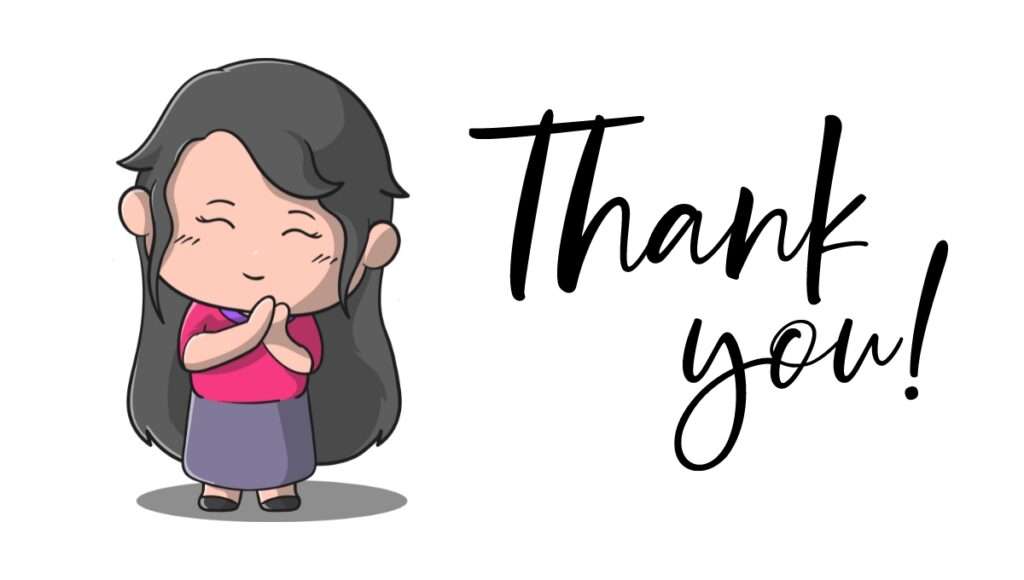
That’s it for now, but don’t be a stranger! I’ll see you in the next blog post. Until then, stay curious, stay awesome, and keep those ears perked for the symphony of life! 👋🤗
